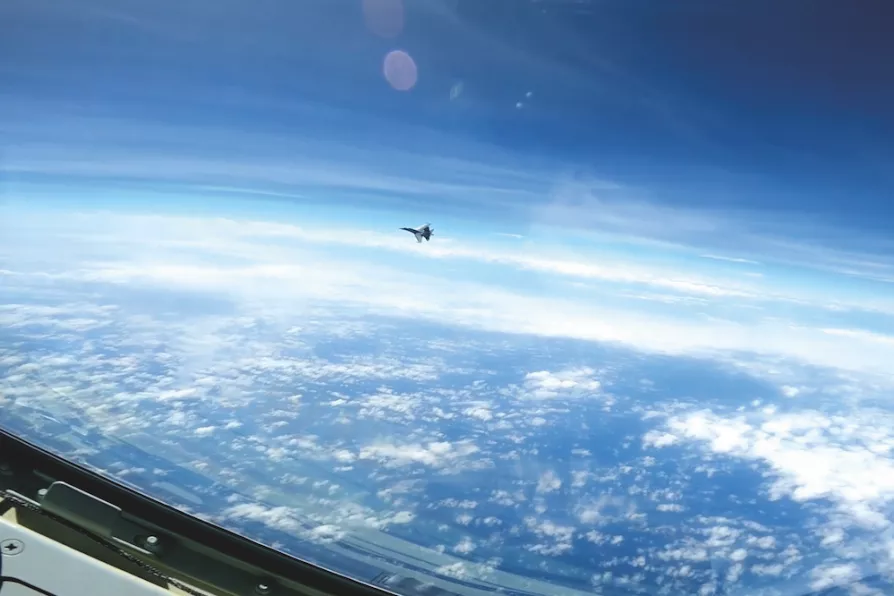Once the bustling heart of Christian pilgrimage, Bethlehem now faces shuttered hotels, empty streets and a shrinking Christian community, while Israel’s assault on Gaza and the tightening grip of occupation destroy hopes of peace at the birthplace of Christ, writes Father GEOFF BOTTOMS

 CLOSE CALL: The Chinese J-16 seen in a video shot from the US RC-135 spy plane
CLOSE CALL: The Chinese J-16 seen in a video shot from the US RC-135 spy plane
ON Wednesday May 31, China strongly rejected the US version of an incident involving planes from the two countries over the South China sea.
The previous day, the US Indo-Pacific Command had released a video and announced that a Chinese military jet had made an “unnecessarily aggressive manoeuvre” near a US military aircraft.
The incident, which supposedly took place on May 26, comes at a time of heightened tensions between the two nations.

From 35,000 troops in Talisman Sabre war games to HMS Spey provocations in the Taiwan Strait, Labour continues Tory militarisation — all while claiming to uphold ‘one China’ diplomatic agreements from 1972, reports KENNY COYLE

While Trump praises the ‘successful’ attack on Iranian nuclear sites, the question arises as to the real motives behind this escalation. MARC VANDEPITTE explores the issues












